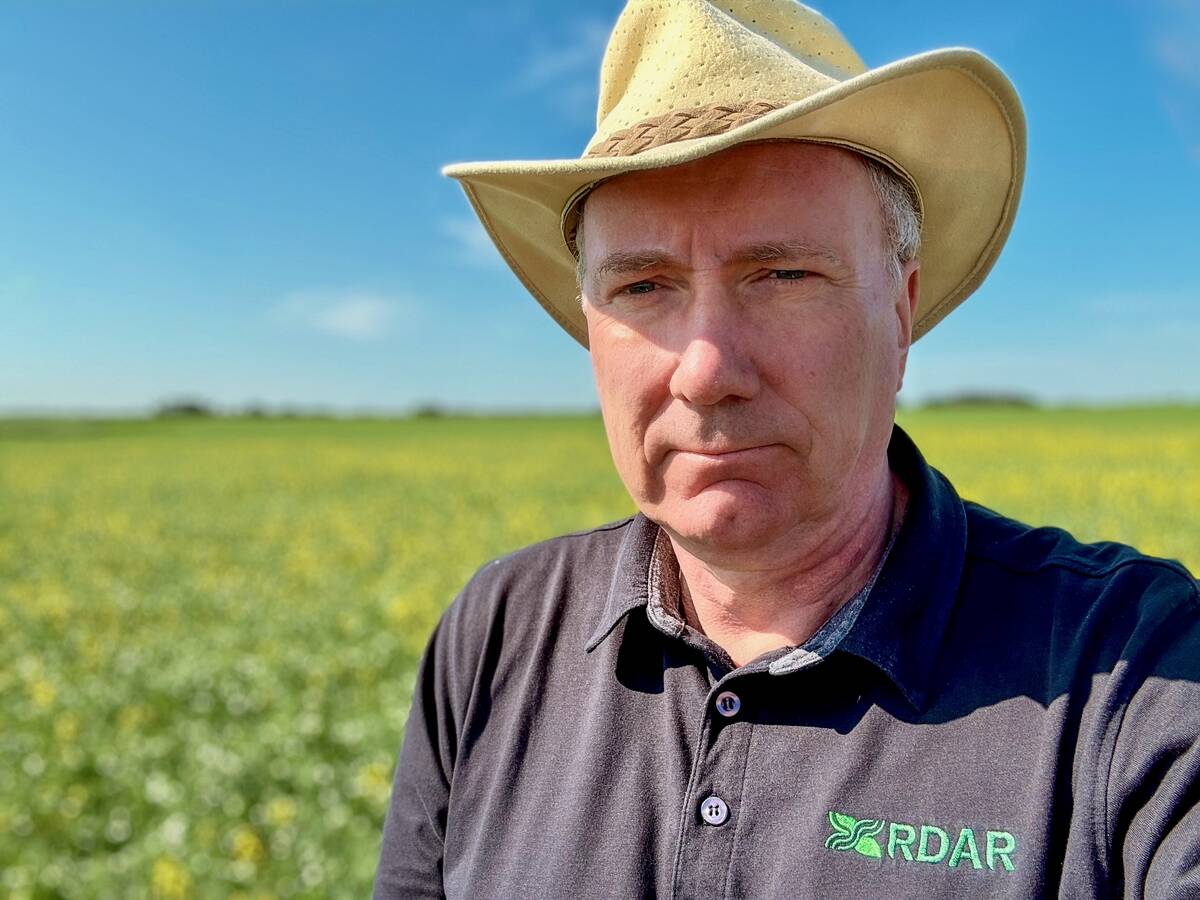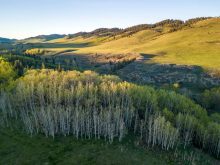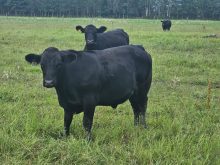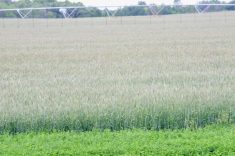Are you looking to improve soil nitrogen? Prevent soil erosion? Reduce soil compaction, improve water infiltration, and even suppress weeds?
Cover crops have got you covered.
And as understanding of their benefits spreads, interest is growing.
“I think producers are realizing the cost of inputs is getting very, very high and the soil has become just a medium to hold the roots,” said Nora Paulovich, manager of the North Peace Applied Research Association.
“They have to feed it with high-cost inputs to get any production. They’re realizing their soils are being degraded.”
Read Also

RDAR continues to become more relevant and useful to producers five years after its inception
RDAR has already amassed a strong resume five years after its inception.
Cover crops are a major shift away from the “quick-fix” approach that producers are used to, she said.
“If you had a weed problem, you just went out there and sprayed it; if you had a fertility problem, you just went out and applied more commercial fertilizer,” said Paulovich.
“Patience is the biggest factor in all of this. We’re not going to see overnight results. Trying to improve soil health using these different methods is going to take time.”
Cover crops focus on five steps to improving soil health, which Paulovich summarizes as “keep a cover, practise zero till, increase plant diversity, keep living roots as long as possible, and integrate livestock if you can.”
Producer interest is growing, slowly but surely.
In 2013, a group of producers from Manning began discussing how they could get more production out of their soil and opted to try cover crop cocktails.
“The interest was overwhelming,” said Paulovich. “This really is coming from the producers. It’s not coming from above — Alberta Agriculture or the applied research associations aren’t saying, ‘Hey, soil health’s really important.’
“The producers are coming to us and saying, ‘This is really important, and we want to learn more.’”

Tired soil
That’s what led Kevin Elmy to explore cover crops on his farm near Saltcoats, Sask., six years ago.
“The healthier soils we have, the easier it is to farm with less stress,” said Elmy, a certified seed grower. “Canola is extremely hard on the soil, and when you start growing lots of canola, one of the things that suffers is your mycorrhizae in the soil. By producing cover crops, we’re able to stimulate and really build our mycorrhizae levels, which are really helping with soil health.”
One of the ways to do that is by planting a mixture — or cocktail — of plant species.
“Mother Nature wants to see diversity,” said Elmy. “We want to have the diversity of having different rooting systems — growing at different times, at different speeds, and utilizing different parts of the soil so that we’re stimulating all of the microbes in the soil to keep them healthy and keep them growing throughout the year.
“If you have a healthy microbial population in the soil, that’s going to solve a lot of fertility and disease issues.”
- More from the Alberta Farmer: Building a ‘cover crop cocktail’
Biggest challenge
But many of the benefits in the soil are “intangible things” that don’t come with a precise monetary value, said Bob Blackshaw, a research scientist with Agriculture and Agri-Food Canada.
“Maintaining soil quality and organic matter are hugely important, but it’s hard to put a dollar and cents value on it in the short term,” he said.
Because of that, cover crops can be a tough sell.
“There’s so many good things associated with cover crops, but having a year without cash flow on that portion of your farm is a major deterrent,” said Blackshaw.
That’s the biggest challenge for producers who are on the fence about cover crops, agreed Elmy.
“For a grain grower, they’re going to be asking, ‘What economic benefit do I get out of it?’ It’s tough to visualize the dollars.”
The benefit comes in the year after the cover crop is grown, he said.
“The first year I seeded them, I wanted to see what kind of production I’d get out of seeding straight tillage radish,” he said.
“The next year, I seeded corn, and where the tillage radish was, we got six wet tonnes of corn more where the radishes were compared to where they weren’t.”

Lower inputs
The radishes also acted like “one or two passes of weed control,” which dropped Elmy’s input costs the following year.
“In the corn, never mind that we had higher yields — we had no weeds. It did a really effective job of weed control.”
Elmy boosted his bottom line even further by replacing canola with cover crops in his rotation. “My net dollars after four years is about $20 an acre more than when I don’t have a cover crop in.”
In a research trial conducted over five years in Lethbridge, Blackshaw saw similar results in the year following a cover crop by underseeding grain crops with legumes.
“For nitrogen fixation, we were getting anywhere from about 75 to 150 pounds per acre of nitrogen from the sweet clover treatment,” he said. “Our wheat yields the following year were about 30 per cent higher.”
But there’s always a trade-off, said Blackshaw.
“Sure, we could get nitrogen fixation, but we could actually just buy nitrogen fertilizer, and it’s cheaper and easier,” he said. “Some of them can be very good at suppressing weeds, but a grower can also buy a herbicide to control the weeds. It’s a balance.”
But that balance has been paying off for Elmy.
“Two years out of the five, it’s going to work wonderful. Two years, it’s going to be OK. And one year, it’s going to be a failure,” he said.
“But the two years it works out of the five is going to pay for 10 years of doing it.”















